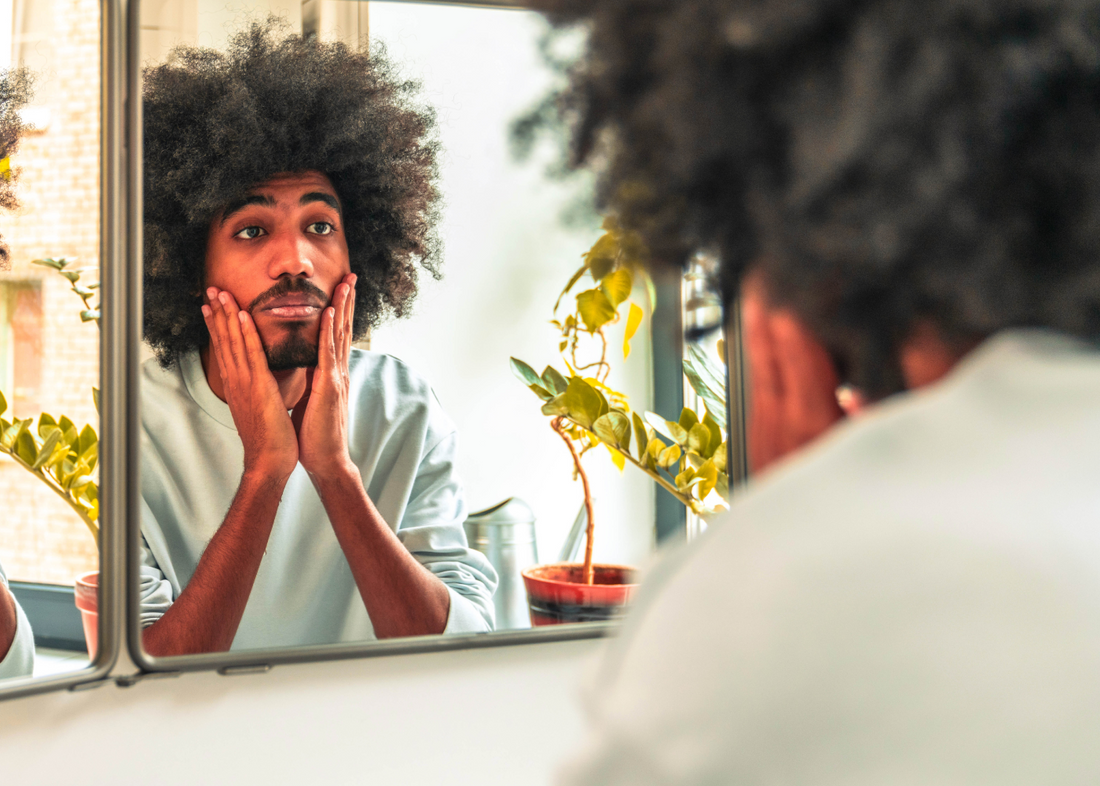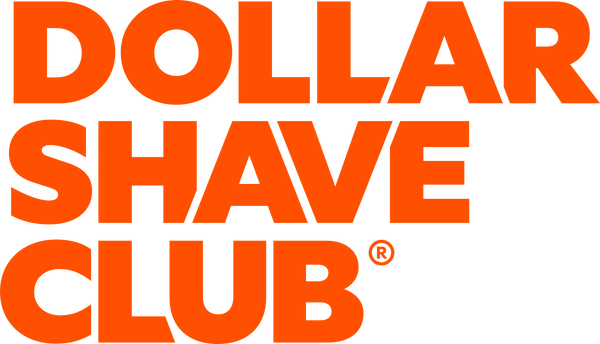
The Unsettling Science of Unibrows
Is There Any Reason Why I Can’t Wax the Hair off My Face?
In the annals of personal branding, one of the shrewdest moves ever recorded has to be NBA star Anthony Davis coming up with the slogan “Fear the Brow.” In trademarking it (you may recall he literally did this in 2012), Davis not only monopolized the monobrow as His Thing, but he also put his finger on a universal truth: People really do recoil from the gaze of a single, unbroken eyebrow. But why?
Given that our eyebrows evolved—or so the leading theory goes—as a barrier against sweat, blood, rain, dandruff and other lumps of cranial crud falling into our eyes, there’s a strong argument that the onesie version offers way more effective ocular protection than the standard twin-set (it could even be argued that Davis’s previous status as No.12 on the NBA Superstar Rankings was a testament to that). But what’s really going on with the unibrow? Let’s find out.
Why do some people have unibrows?
As it happens, the gene responsible for unibrows was only identified as recently as March 2016. In an in-depth facial-hair study of more than 6,000 volunteers from across Latin America, it was shown that what determines whether you sprout synophrys (the medical term for brows that meet) is a gene called PAX3. So, now you know. The good news is the research confirms that, in general, there’s nothing more sinister going on with unibrows than normal genetic variation. That is, it’s a trait on a par with the size of your Adam’s apple or whether you have dimples or not. So...
Why do we find them creepy?
The unibrow is not, in fact, universally dreaded. In ancient Persia, for example, poets likened an idealised “continuous brow” to Cupid’s bow, and in modern-day Tajikistan it’s considered the epitome of feminine hotness. Yet in the English-speaking Western tradition, an aversion to bushy bridges seems to go back at least 600 years: In his poem ‘Troilus and Criseyde’, written in the 1380s, Geoffrey Chaucer wrote of Trojan heroine Criseyde’s beauty as being flawless, “save hir browes joyneden.” Olde English burn! But what about the masculine monobrow? Where does today’s association with a thuggish or menacing demeanour come from? Like so many of our unfounded prejudices, it’s very likely to be a hangover from the late 19th century.
The Victorians’ favourite image of criminal types—as hairy evolutionary throwbacks—sprang in large part from a crackpot pseudo-science known as “criminal anthropology”, popularized by Cesare Lombroso’s 1876 book ‘The Criminal Man’. In this, Lombroso claimed that felons were actually a primitive subspecies of humans who could be identified by a number of telltale physical characteristics, including lantern jaws, “bumpy” faces, pointy fingers, and unibrows. This is all complete nonsense, of course, but, in an era obsessed with both crime and categorizing stuff, the theory became wildly popular in Europe and the US in the decades around the turn of the century.
Around the same time, Gothic horror was becoming a popular genre, and that’s also done its bit to imprint the unibrow on our consciousness as a thicket of pure evil. Here’s Jonathan Harker, the fictional narrator of Bram Stoker’s novel ‘Dracula’ (published in 1897), describing the Count’s best feature: “His eyebrows were very massive, almost meeting over the nose, and with bushy hair that seemed to curl in its own profusion.” And we all know that nothing says “pure evil” like Dracula.
What’s the best way to tame a unibrow?
If you’re a synophrys sufferer, you’re not an NBA All-Star and/or you don’t live in Tajikistan, you might reasonably wish to double your eyebrow count. Thankfully, there are a number of ways to de-brow the bridge of your nose, from depilatory cream from the pharmacy to homemade sugar-waxing. It’s not advised to shave this spot, though: The stubble grows back quickly, so shaving tends to be the most temporary and high-maintenance tactic. By far the easiest method (regrettably, I say this from personal experience) is arming yourself with tweezers for a good old wince-and-pluck every couple of weeks, or whenever the fresh brow shoots start to show.
Hot tip: dampen a washcloth with hot water and hold it against the bridge of your nose for a minute or two prior to tweezing. This will open up your pores and dial down the plucking pain a little. After a more permanent solution? The only way to achieve this, alas, is to burn them out with laser treatment. It’s generally effective, but can be expensive. How expensive exactly? Enough to raze an eyebrow (sorry, sorry. It costs around $200-$500 for the four or five sessions required, but who can resist a pun like that?)
